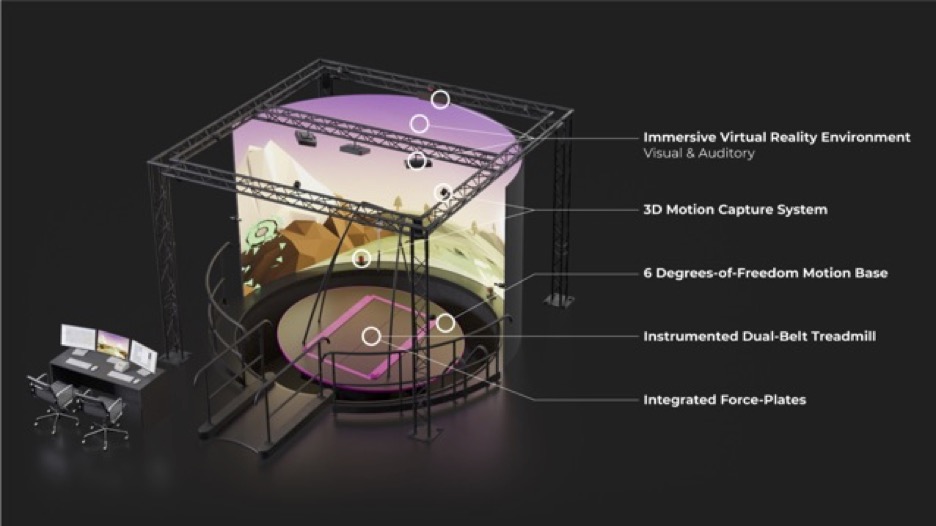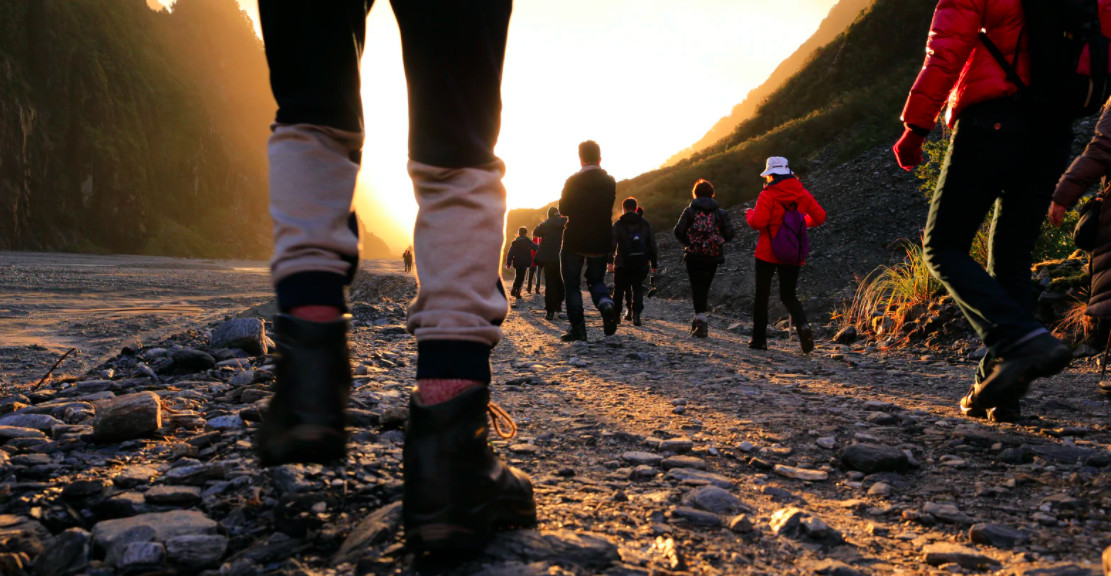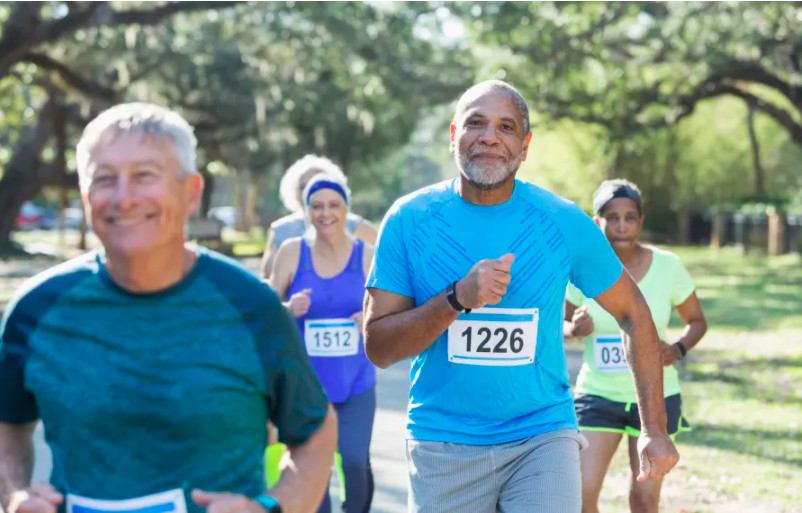
Sciences & Technology
Predicting risk of spinal fracture using bioengineering

Using advanced biomechanics, researchers found the results of a cognitive task to identify visual targets were significantly improved when performed while walking
Published 26 May 2021
Do you like to pace while you think? You are not alone if you do. Aristotle, Dickens, Beethoven and many other great thinkers often walked when they were deep in thought.
Two hundred years or so later, research from Stanford University suggests that going for a walk before a big meeting can help us think clearer and prepare better.

Recent research has also shown that people react faster to sound and visual targets while walking, compared to when they are standing still. And performance on demanding cognitive tasks and even creativity may be improved while walking.
This contrasts with what many of us anecdotally believe – that is that we perform best when we are not distracted by irrelevant activity or tasks.
So, who has the right the idea? Well, the answer may be all about balance.

Sciences & Technology
Predicting risk of spinal fracture using bioengineering
Our team used biomechanics to study how walking affects the performance of a cognitive task, in this case, a visual search.
We know that walking becomes more unstable as people are increasingly distracted by their environment, and that interference is greatest when the terrain is uneven and requires our careful attention to where we are stepping.
The negative interaction between walking and inattention is an example of a phenomenon called cognitive-motor interference (or CMI). Research on CMI suggest that moving while thinking may decrease cognitive performance.
However, few CMI studies aim to measure cognitive performance while walking.
Traditionally, these tests have not always been performed in one experiment. This is largely because of the technical difficulties associated with manipulating and measuring walking performance, especially if it could result in a fall.
The few investigations into how walking affects thinking have used a cognitive task that was not something people naturally do while walking – for example, the n-back task which measures working memory capacity.
So, it remains possible that CMI only occurs if the cognitive task is something that naturally competes for the brain’s attention while walking.

We decided to investigate this possibility, using Australia’s only Computer Assisted Rehabilitation ENvironment system (CAREN) to study CMIs.
CAREN is one of the world’s most advanced biomechanics laboratories, and allows us to develop a comprehensive CMI protocol where walking and cognition can be controlled and measured simultaneously.

Health & Medicine
Translating thought into action
A robotic platform with two split belt treadmills prompts people to walk at different speeds on different slopes, while a 3D object tracking system and force plates make it possible to measure or predict the forces that go through the body, body motion and muscle activation while walking or running.
Researchers can also simulate different terrains – like steep slopes via a full field virtual environment, enabling measurement of visual awareness while walking under different conditions.
Our study used a visual search as a model cognitive task because we would naturally do this while walking through our environment to make decisions about what obstacles to avoid, like someone suddenly appearing through a nearby doorway.
We developed a novel method to study the degree of CMI for this visual search performance while walking in the CAREN system. To extend the basic visual search task, we asked people to also use a device to point at targets that appear suddenly in the virtual environment, known as a vision motor targeting task or VMTT.
We can measure motor performance in the VMTT by seeing how accurate people’s target pointing is and increase the cognitive load in the VMTT by making button pressing dependent on the type of target (for example, press if it is a red target, but do not press if it is green).

Contrary to our expectations, a person’s pointing accuracy improved in the VMTT while walking, when compared with standing still. Performance was not dependent on walking speed during VMTT, suggesting that the benefit occurs from walking in general rather than standing.
So, why is this happening? One possibility is that walking activates spatial attention processing in the brain but standing does not require it.

Health & Medicine
Clever socks connecting remote patients and physios
This indicates walking might facilitate activity in a perception action loop – a continuous flow of information and action between the brain and the world around it – enabling us to make rapid decisions and precise movements in a rapidly changing environment.
Next, we wanted to understand what was happening to stability during the cognitive load imposed by the VMTT?
Once again, we saw unexpected improvements.
We determined the participant’s level of stability as a measurement of their ‘margin of stability’, which is how the centre of mass is located with respect to the person’s base of support. We saw stability increased in a side-to-side direction, but not backward and forward during the task.
This may suggest that during cognitively demanding activities our CNS strives to increase stability in a direction perpendicular to the direction of movement. This could be to maintain goal-directed movement, which in this case was moving forwards, so an increase in lateral stability might decrease the chances of a fall.
It’s still early days, but our results may have implications for fall-related protocols to help improve the stability of walking.

Further research will need to confirm these results among people prone to falling – including the elderly and those with neurological and mobility challenges – in order to determine whether this avenue has implications for enhancing their cognitive function.
Our long-term goal is to develop a personalised neuromuscular model of the human body when cognitive and motor tasks occur at the same time.
These models and their outcomes could pave the way for large scale studies that incorporate age, gender, and individual mobility levels, benefiting a range of real-life situations where human performance depends on thinking clearly while moving, such as professional athletes or fire fighters.
And there is the tantalising possibility you, like Beethoven, could come up with some great ideas while exercising.
We acknowledge funding from the University of Melbourne and sincerely thank all our volunteers and interns who helped during data collection and some aspects of study design optimisation.
Banner: Getty Images